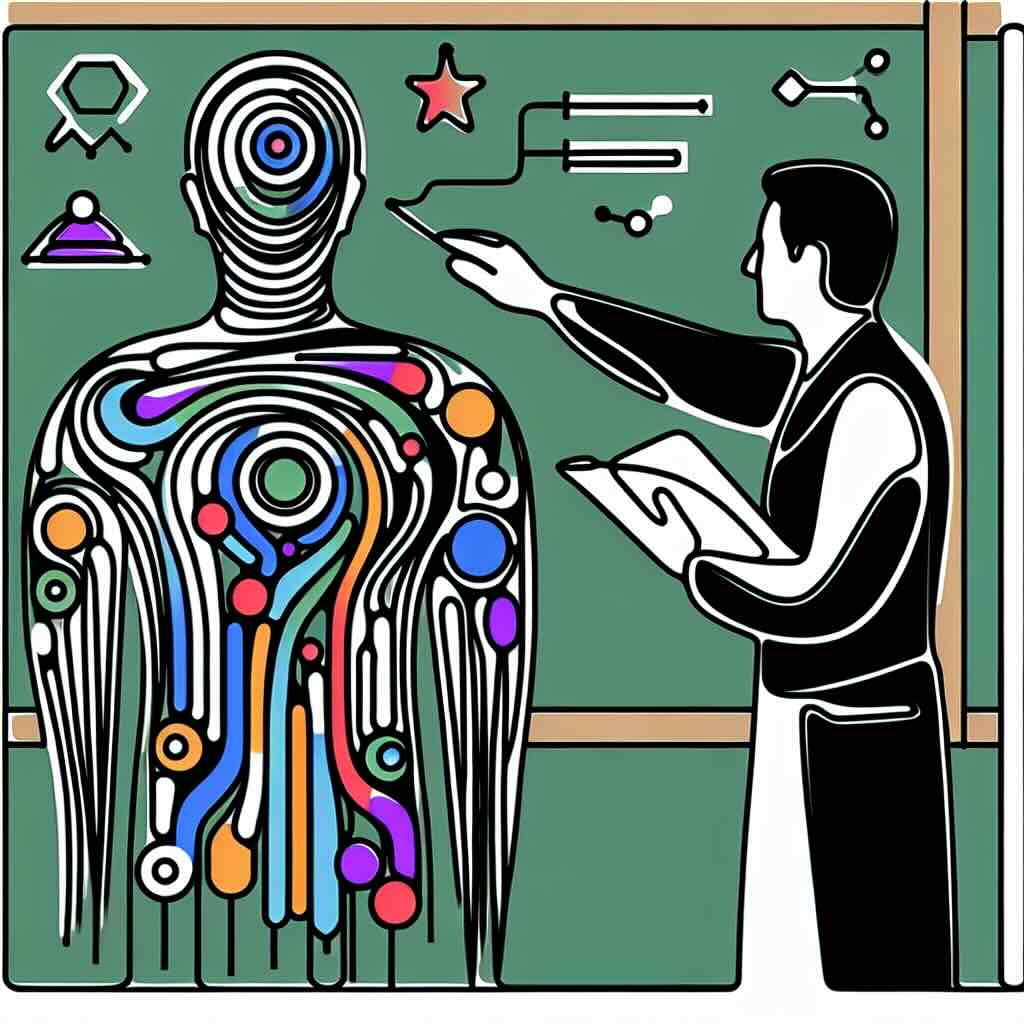Receiving and acting on feedback is an active conversation, however it's presented to the learner
Feedback in online learning plays a crucial role in enhancing learners’ educational experiences and success. Effective feedback strategies can improve learner engagement, performance, and retention rates. This blog post reveals the importance of feedback in online education and offers actionable strategies to enhance its effectiveness.
Table of Contents
1. The Importance of Feedback in Online Learning
2. Effective Feedback Strategies
3. Common Pitfalls and How to Avoid Them
4. Initial Steps to Improve Feedback Today
5. The Broader Benefits of Quality Feedback
6. Potential Risks of Inadequate Feedback
7. An Exercise to Implement Today
8. Conclusion
9. Try it yourself
10. Related Topics
The Importance of Feedback in Online Learning
In the realm of online learning, feedback occupies a central position in fostering educational achievement. Unlike traditional classroom settings, online education demands distinct methods of keeping learners engaged and motivated. Feedback serves as an interactive mechanism that not only assesses learners’ understanding but also guides them toward course objectives. Interactive and prompt feedback can catalyse learner interest and commitment, thereby improving course completion rates. Moreover, it bridges the gap between instructors and learners, creating a collaborative virtual learning environment.
Effective Feedback Strategies
To maximise the impact of feedback, specific strategies should be employed. First, feedback should be timely, allowing learners to correct mistakes while the information is still fresh. Secondly, constructiveness is vital—highlighting strengths before delving into areas needing improvement helps maintain learner motivation. Personalised feedback, using the learner’s name and particular examples, can make feedback feel more relevant and actionable. Incorporating digital tools for automated, immediate feedback on quizzes and practice exercises can also be beneficial. Finally, facilitating peer feedback promotes a community of learners who support each other’s growth.
Common Pitfalls and How to Avoid Them
Even the best-intentioned feedback can fail if not executed properly. One common pitfall is vagueness; feedback must be specific to be effective. Another is a lack of balance; overly critical feedback can demoralise learners, whereas overly positive feedback can be misleading. An absence of actionable steps can leave learners unsure of how to improve. Lastly, ignoring the emotional aspect of feedback can hinder its acceptance; empathy and encouragement are crucial. Avoiding these pitfalls involves thoughtful, clear, and compassionate communication.
Initial Steps to Improve Feedback Today
Start small by making incremental changes to your feedback methods. First, evaluate the timeliness of your feedback. Setting up automated systems can ensure quick responses. Second, review the specificity of your feedback. Instead of saying “Good job,” consider saying, “Your argument was well-supported by evidence from our last reading.” Third, balance your feedback - try the "sandwich method" of positive, constructive, and positive comments. Finally, personalise your feedback to foster a sense of connection with the learner.
The Broader Benefits of Quality Feedback
Effective feedback carries numerous benefits beyond immediate academic improvement. Feedback fosters a growth mindset, wherein learners see challenges as opportunities to grow rather than insurmountable obstacles. This contributes to higher resilience and adaptability, skills essential in today’s fast-paced world. Moreover, quality feedback fosters self-regulated learning, encouraging learners to take ownership of their learning journey. There’s also the advantage of fostering a supportive learning community, which can elevate the overall educational experience for everyone involved.
Potential Risks of Inadequate Feedback
While quality feedback can elevate learning experiences, inadequate feedback can have adverse effects. Poorly delivered feedback can disengage learners, leading them to feel undervalued or misunderstood. This could result in higher dropout rates and lower course satisfaction. Additionally, generic or overly critical feedback can stunt a learner’s growth, causing them to lose confidence and interest. Furthermore, the absence of feedback or delayed responses can leave learners directionless, unsure of how to improve or proceed, thereby hampering their educational progress.
An Exercise to Implement Today
Take a moment to review your last set of feedback provided to learners. Identify one piece that could benefit from specificity, balance, or personalisation. Rewrite that feedback using these three principles:
1. Specificity - focus on particular strengths and areas for improvement.
2. Balance - combine positive and constructive points.
3. Personalisation - make it directly relevant to the learner.
Aim to implement this improved feedback and note any differences in learner response or engagement.
Conclusion
Quality feedback in online learning is not just an addition but a necessity. It bridges the virtual gap between instructors and learners, fostering a collaborative and supportive environment. Take action today to review, and refine your feedback process.
Try it yourself
1. Review your current feedback processes - identify areas needing improvement.
2. Implement one specific, balanced, and personalised feedback piece today.
3. Monitor changes in learner engagement and adjust your strategies accordingly.
Related Topics
- Personalised Learning Paths
- Motivational Strategies in Online Education
- The Impact of Digital Tools on Learning Engagement







